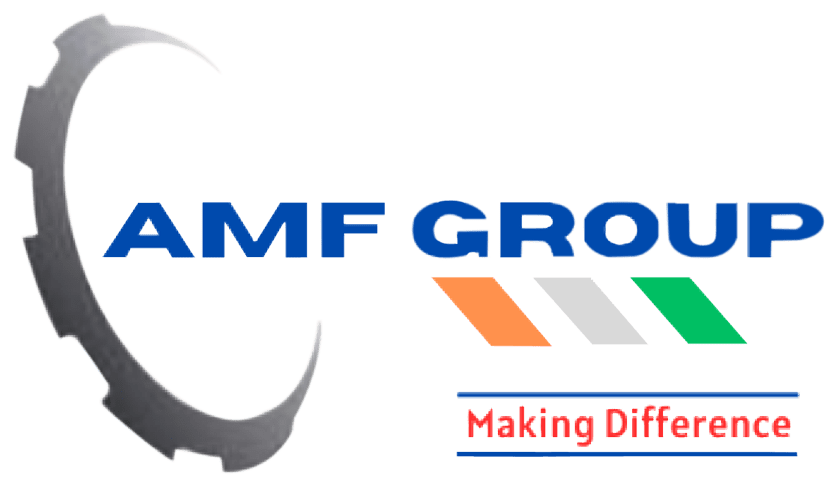In design standards, stainless steel fabrication in India is essential since they affect the material’s appearance and usability. Engineers and designers of AMF Group have a variety of finishes to choose from, such as electrochemical painting, patterns, textures, and grain orientations. Seven commonly used stainless steel finishes that are accepted by ASTM International and SSINA are as follows.
- Dull Finish
Industrial products including furnace parts, gas turbines, air heaters, baffles, and annealing boxes often have dull surfaces applied without regard for reflection or aesthetics. By hot rolling them to a specific thickness and then annealing them to attain the necessary mechanical qualities, they acquire a dull, worn-in appearance. After that, the metal is pickled to regain its corrosion resistance.
- Matte Finish
The most well-liked and usually applied matte finish for stainless steel fabrication is matte. It has a multipurpose, cold-rolled, heat-treated, pickled, and skin-passed finish that produces a bright, smooth surface that resembles a clouded mirror. It is frequently employed in chemical, industrial, and food processing applications, especially those involving refrigeration equipment, tanks, and process vessels.
- Brush Finish
With brief, parallel polishing strokes that face one direction, the brush finish has a mild reflection. It can be done mechanically or gradually, using 50 or 80-grit abrasives at the beginning and 100 or 120-grit abrasives towards the end. Greater grit numbers affect surface roughness, and particular coils or rolls imitate mechanical abrasion. Food processing, brewing, dining establishments, and the production of scientific equipment all use this finish.
- Brushed Finish
Architecture, appliances, lifts, and escalators are just a few of the industries that use the popular mechanical polishing process known as “brushed finish.” It uses successively finer abrasives between 120 and 320 grit along short, one-way parallel lines. In the healthcare and food and beverage industries, brushed finishes also offer a hygienic finish.
- Polished Finish
Architectural elements like column coverings and wall panels use polished finishes to create a reflecting, mirror-like look. Polishing the stainless steel fabrication down to 320 grit and buffing it for up to 10 minutes results in a high level of reflectivity. After polishing, only faint grit lines that can be seen from several feet away should remain with this finish.
- Mirror Finish
According to ASTM standards, Mirror Finish, which requires extended buffing for five to ten minutes, is the most reflective polished finish. The grit lines are less noticeable after further buffing and only become visible under close inspection. For interior aesthetic uses in high-end luxury hotels, museums, and business buildings, it reduces the visibility of grit lines.
- Bright Annealed Finish
Cold-rolled stainless steel treated in an inert gas environment furnace to give a smooth, shiny finish known as bright annealing. The stainless steel fabrication serves a variety of industries, including architecture, shop fitting, shipbuilding, pharmaceuticals, medical equipment, food, and beverage, while not being as reflecting as polished or mirror surfaces.
Seven widely accepted finishes—dull, matte, brush, polished, mirror, mirror, and bright annealed—are required for the aesthetic and usability of stainless steel fabrication. Industrial products often have a dull finish, while food processing has a matte finish, while inert gas furnaces employ bright annealing. For a variety of materials, AFM Group provides precision stainless steel fabrication services in India.
